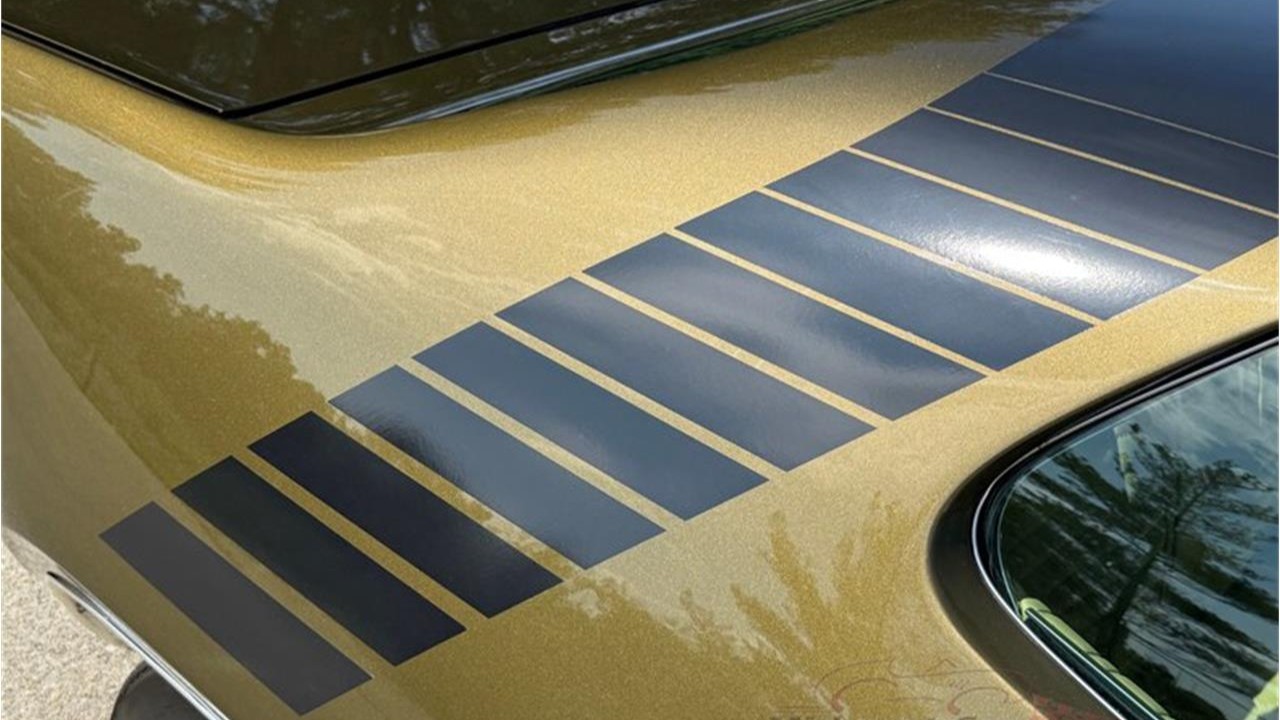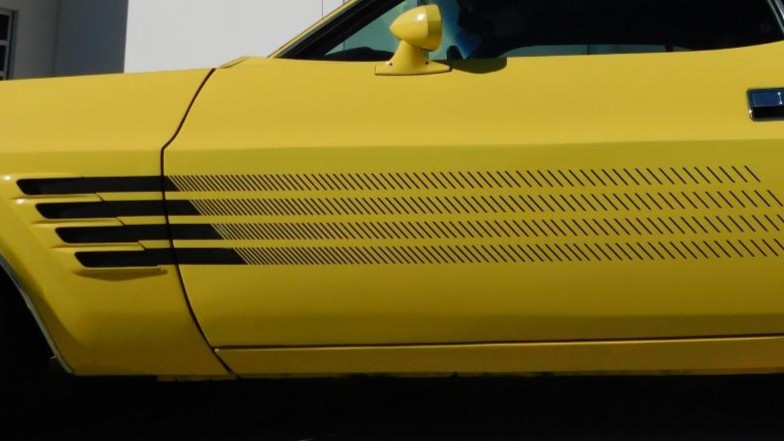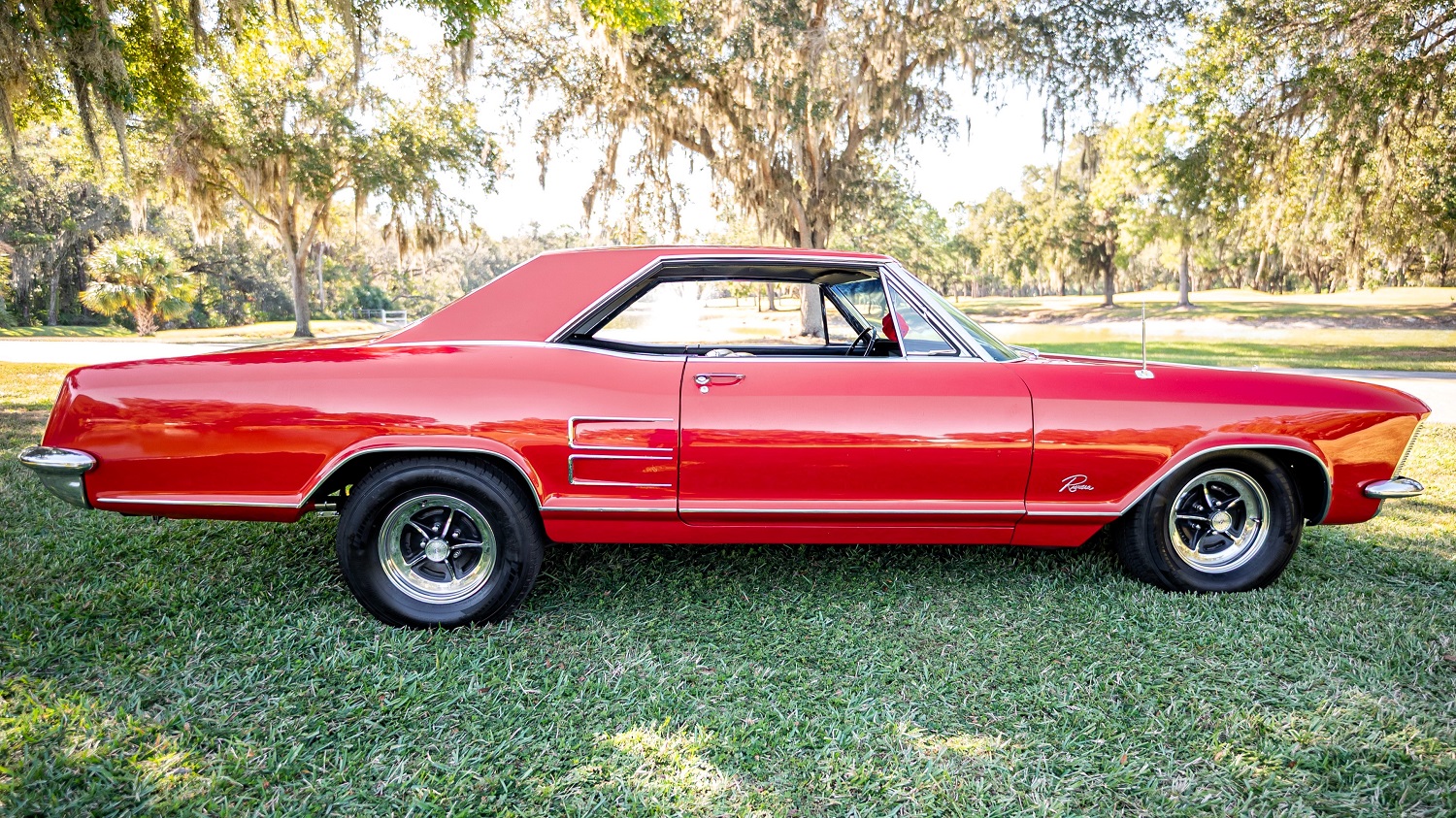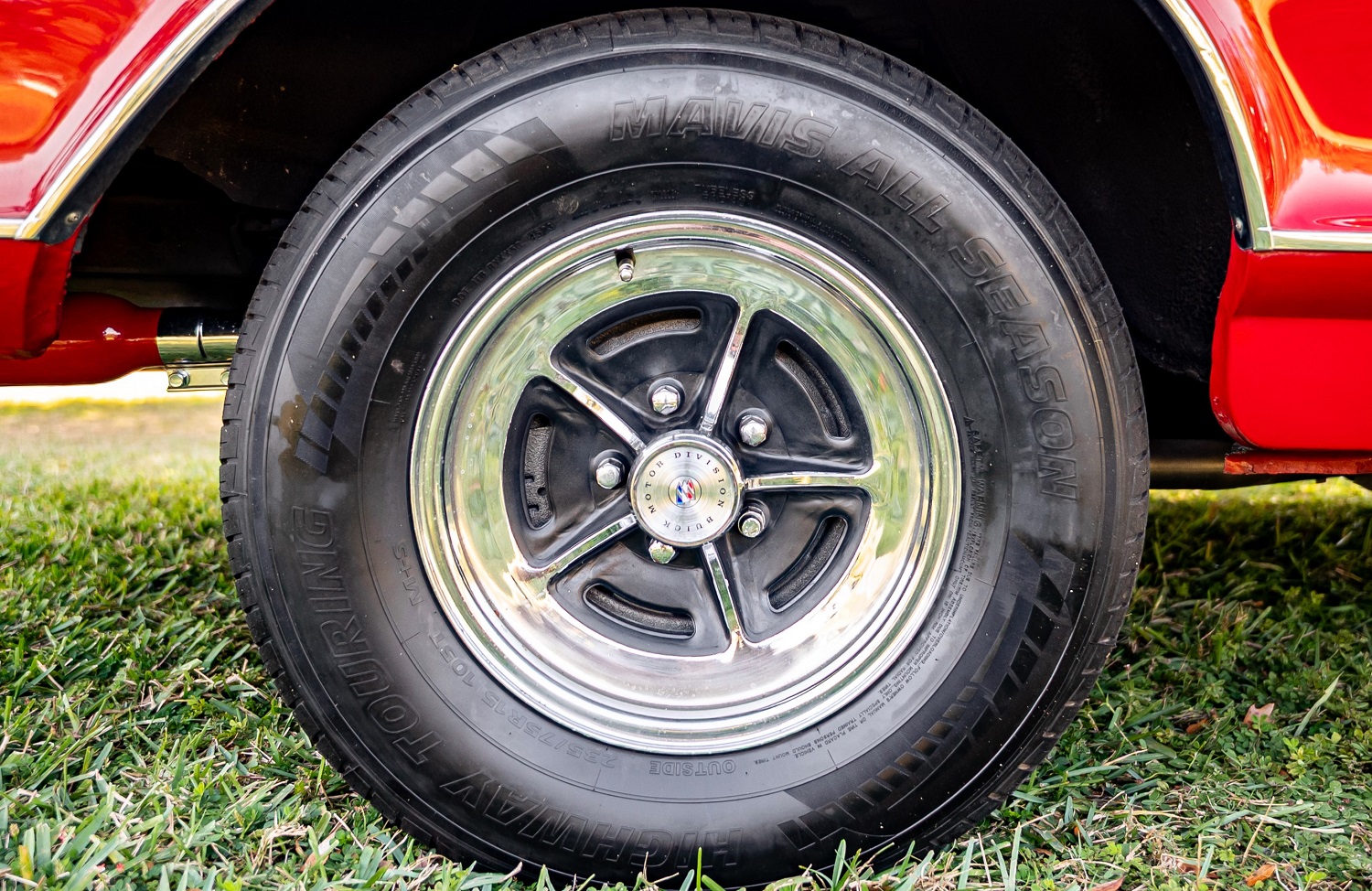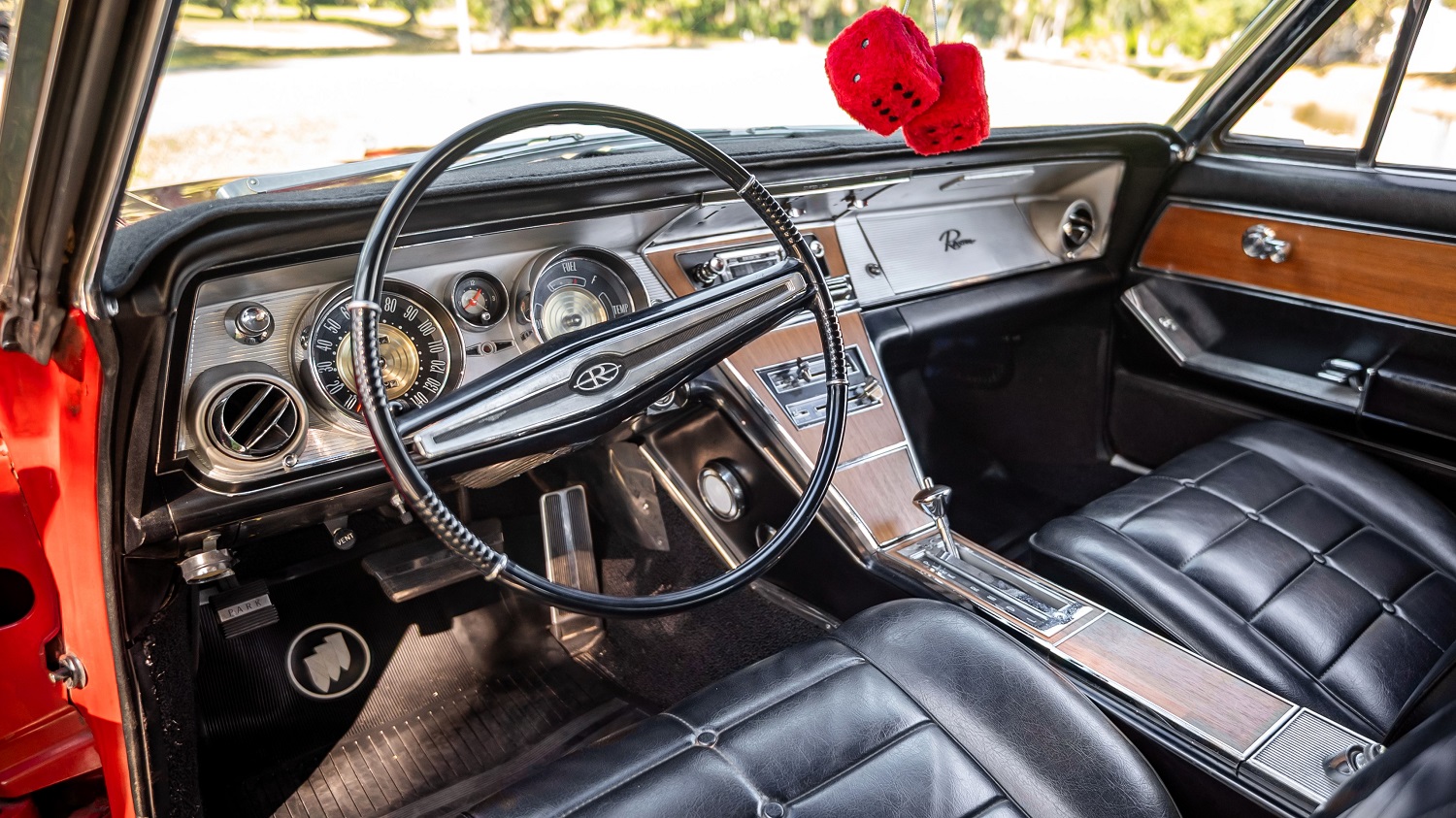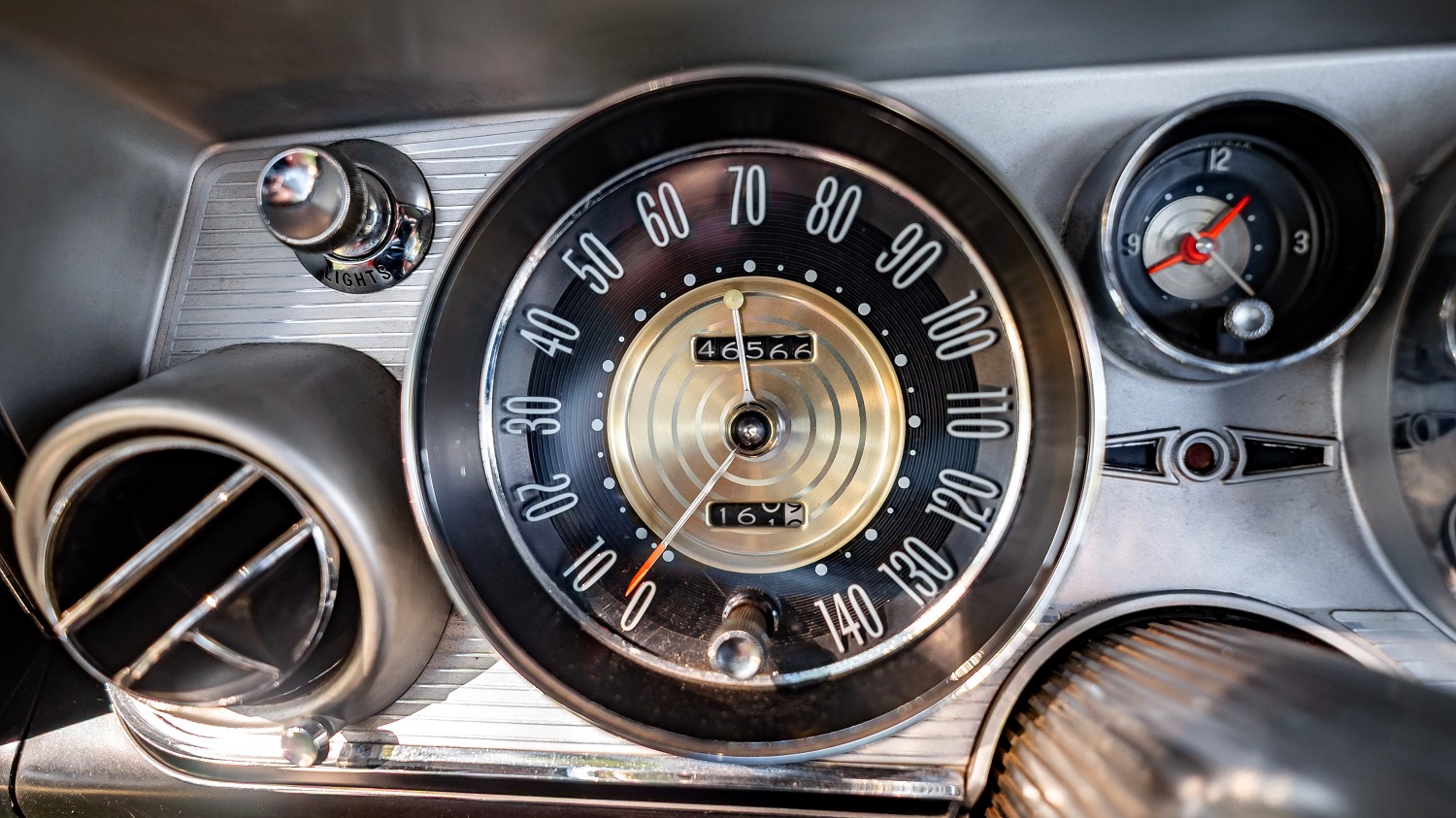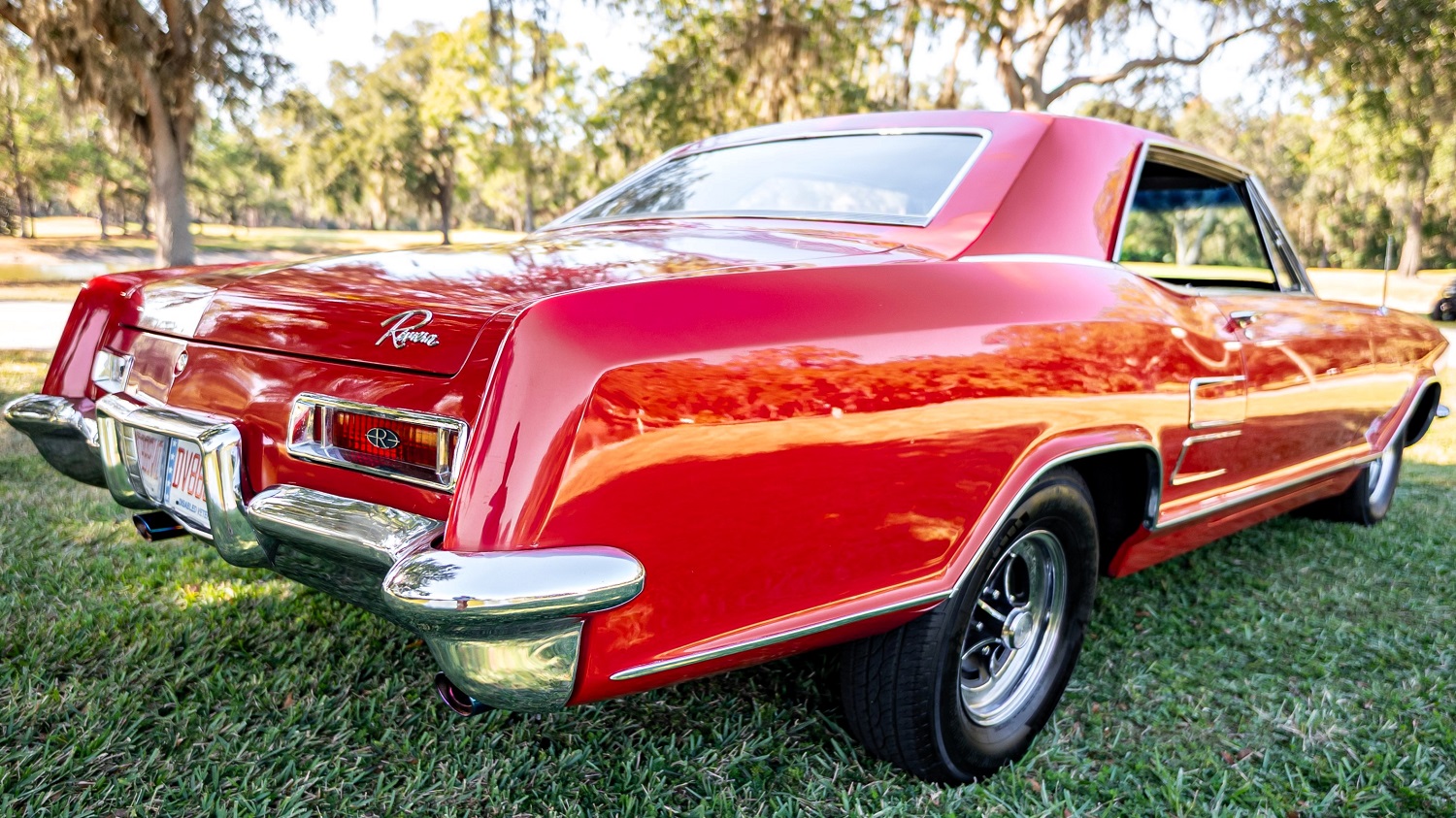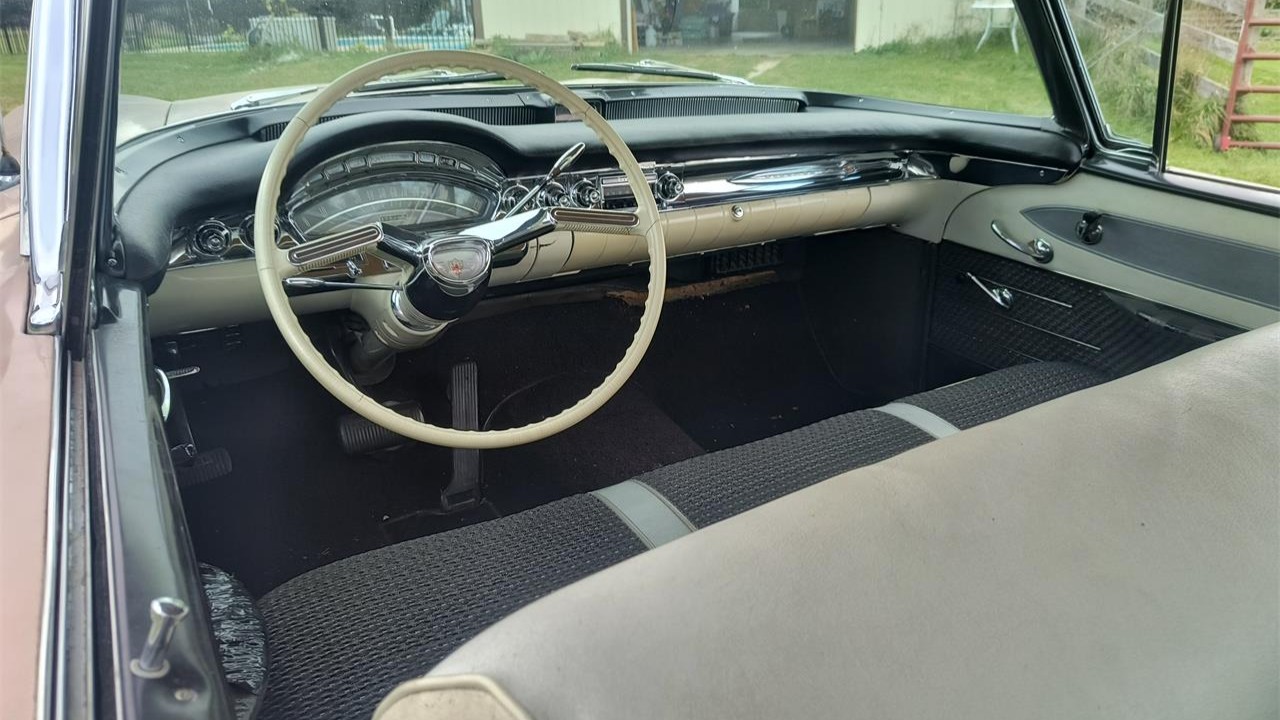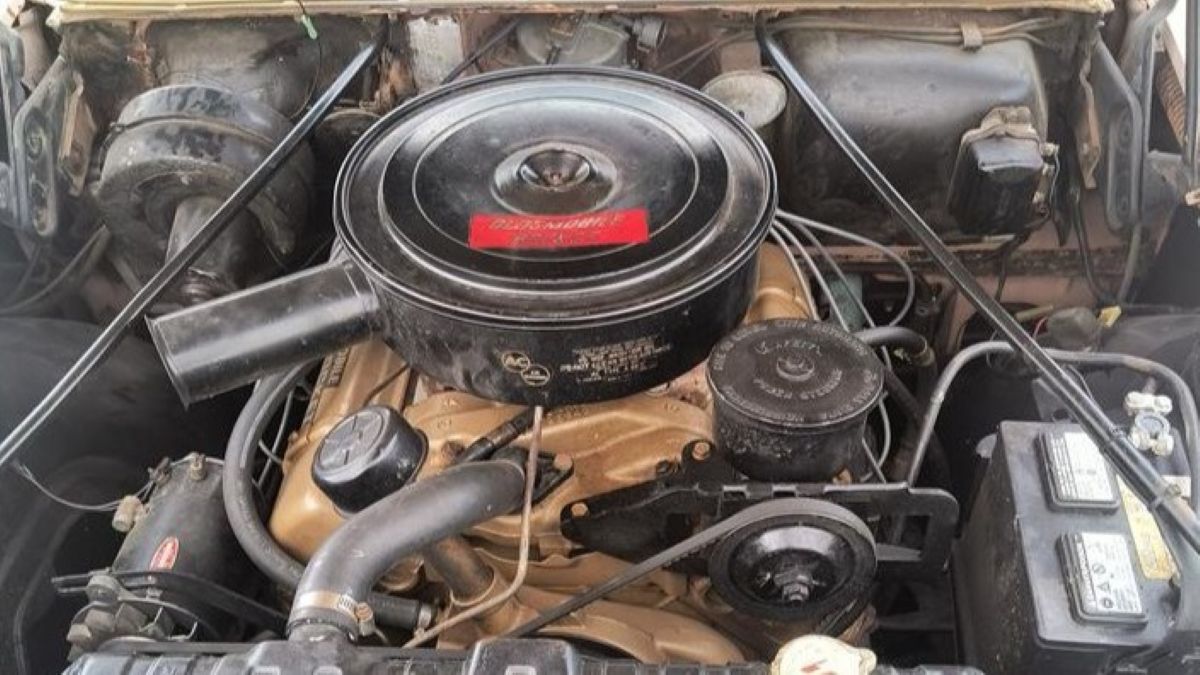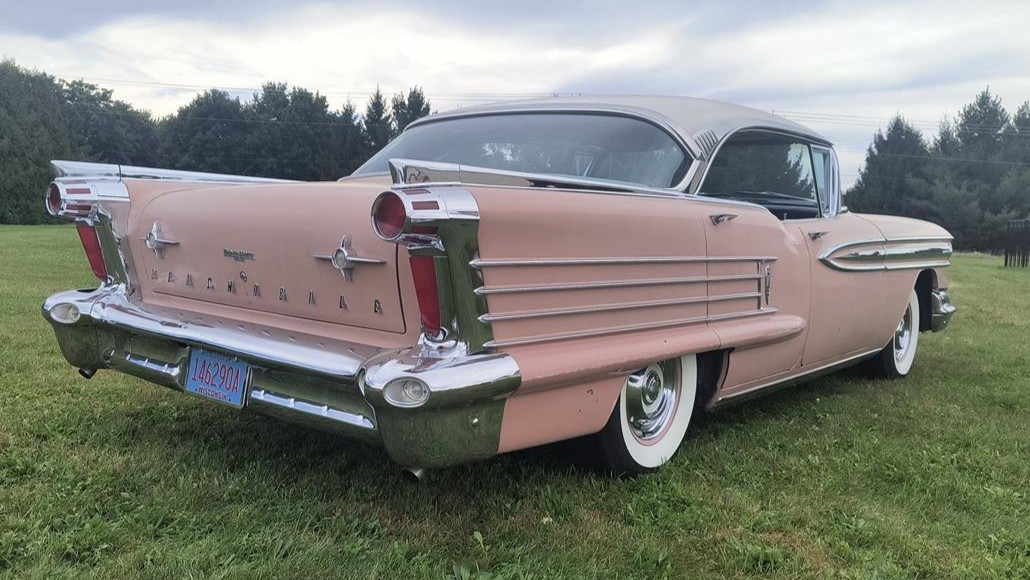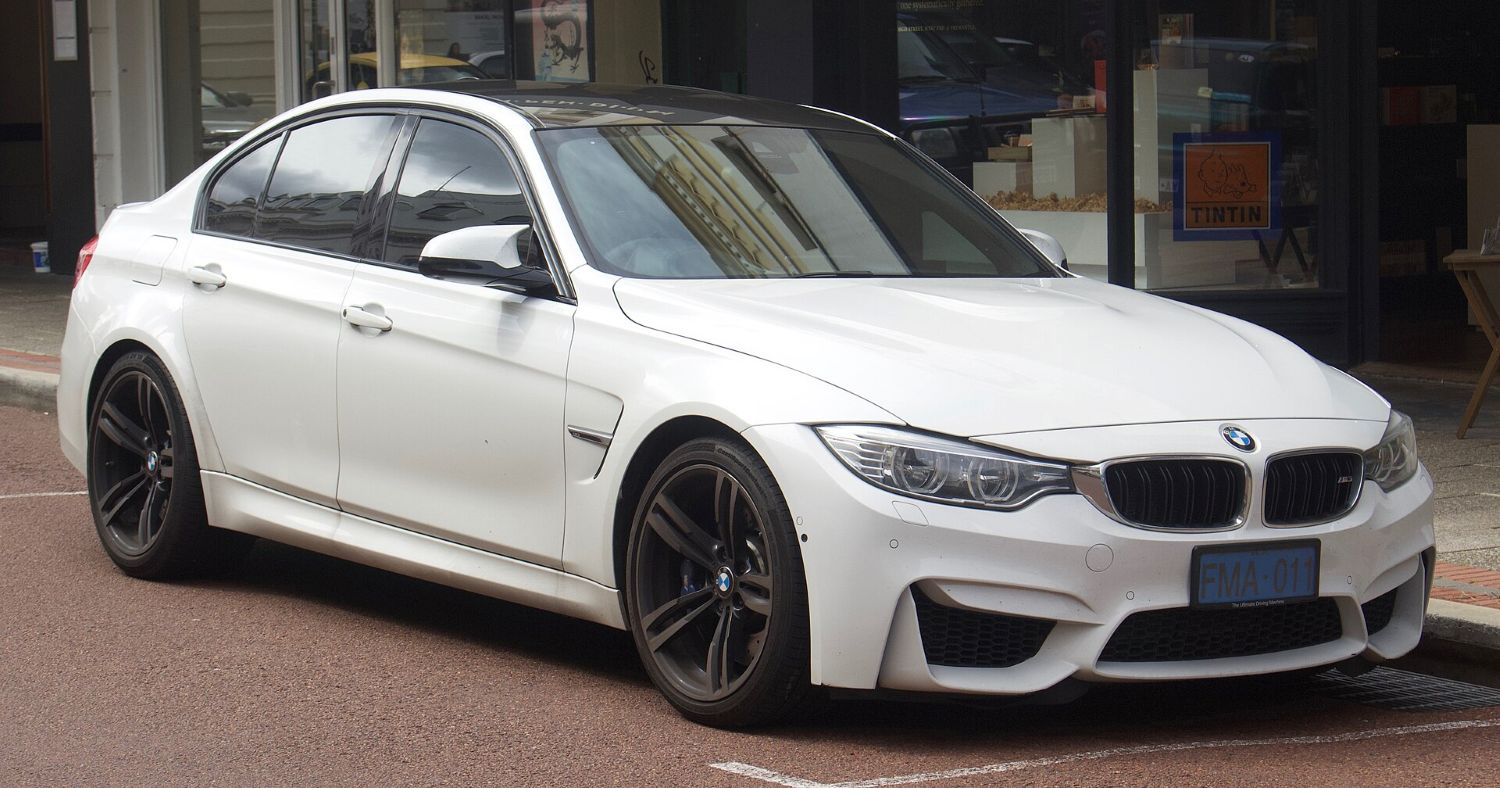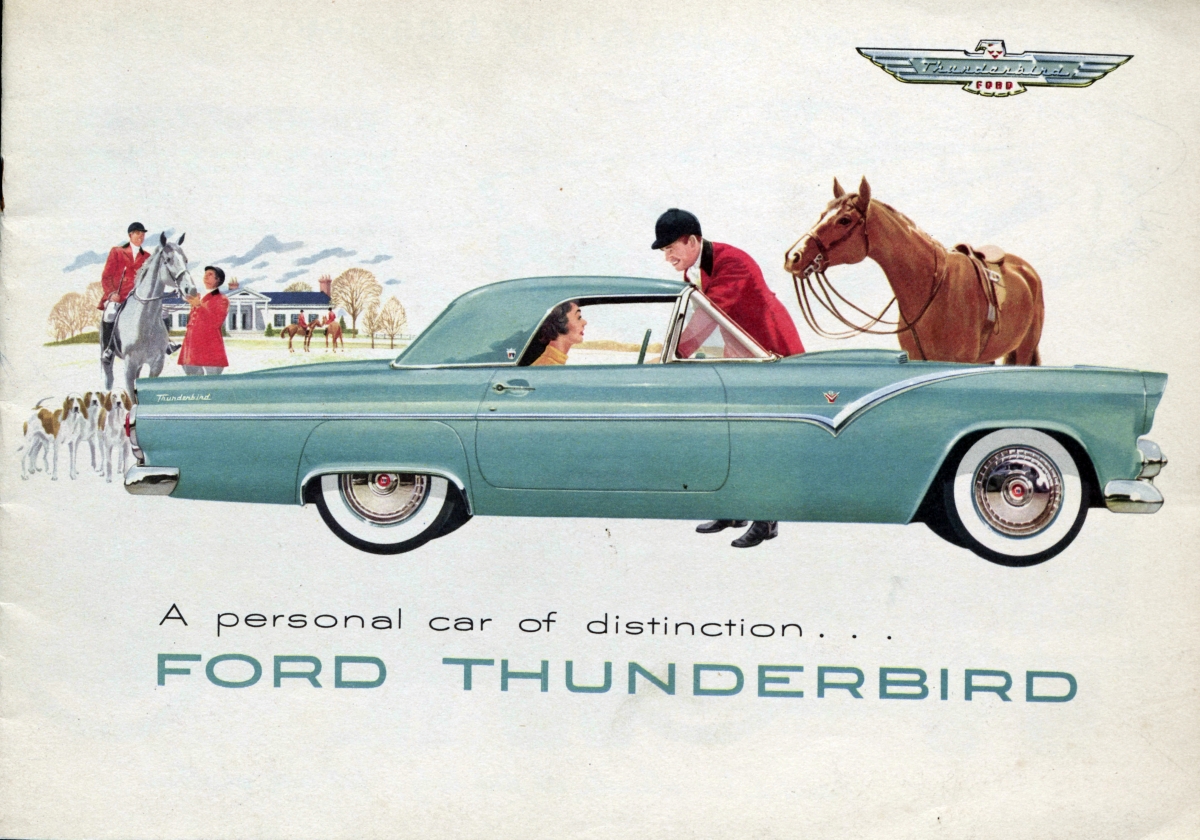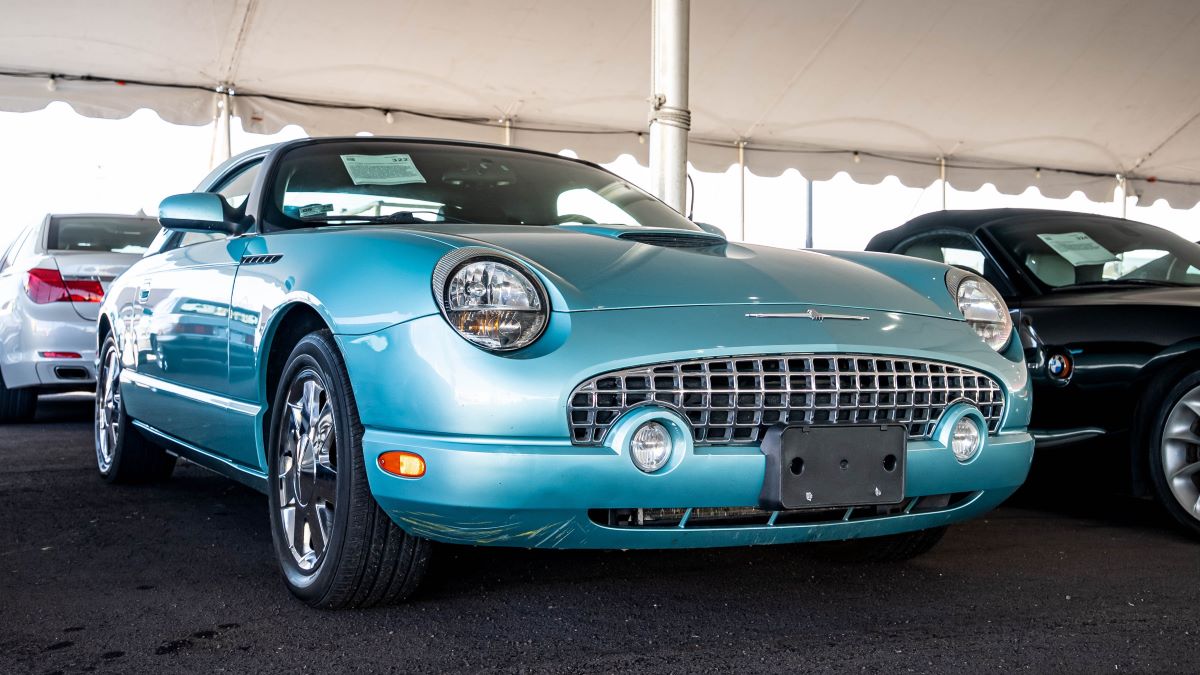Barrett-Jackson announced today its 2026 Scottsdale Select Preview is live and highlights the diverse mix of custom, Resto-Mod, supercars, trucks and SUVs in the starting lineup for the Jan. 17-25 event at WestWorld of Scottsdale. Among the most anticipated collectible vehicles is a 2017 Ford GT (preview) with 937 actual miles that was formerly owned by actor and comedian Tim Allen. Customs set to take center stage include a 1967 Chevrolet Corvette convertible (preview) and a 1963 Chevrolet Corvette Split-Window Coupe (preview), both recently completed by Jeff Hayes Customs.
“Our Select Preview is a peek into the outstanding collectible vehicles we’re getting ready for our biggest auction of the year in Scottsdale this January,” said Craig Jackson, chairman and CEO of Barrett-Jackson. “We’ll have over 2,000 highly coveted collector cars and trucks that appeal to the world’s most seasoned collectors, as well as attract the attention of first-time bidders. The diversity of our docket, which includes No Reserve and select Reserve consignments, is what sets Barrett-Jackson apart and has defined our growing success over the years. We have some very special vehicles and we’re looking forward to seeing everyone in Scottsdale to kick off the 2026 collector car auction season with us.”
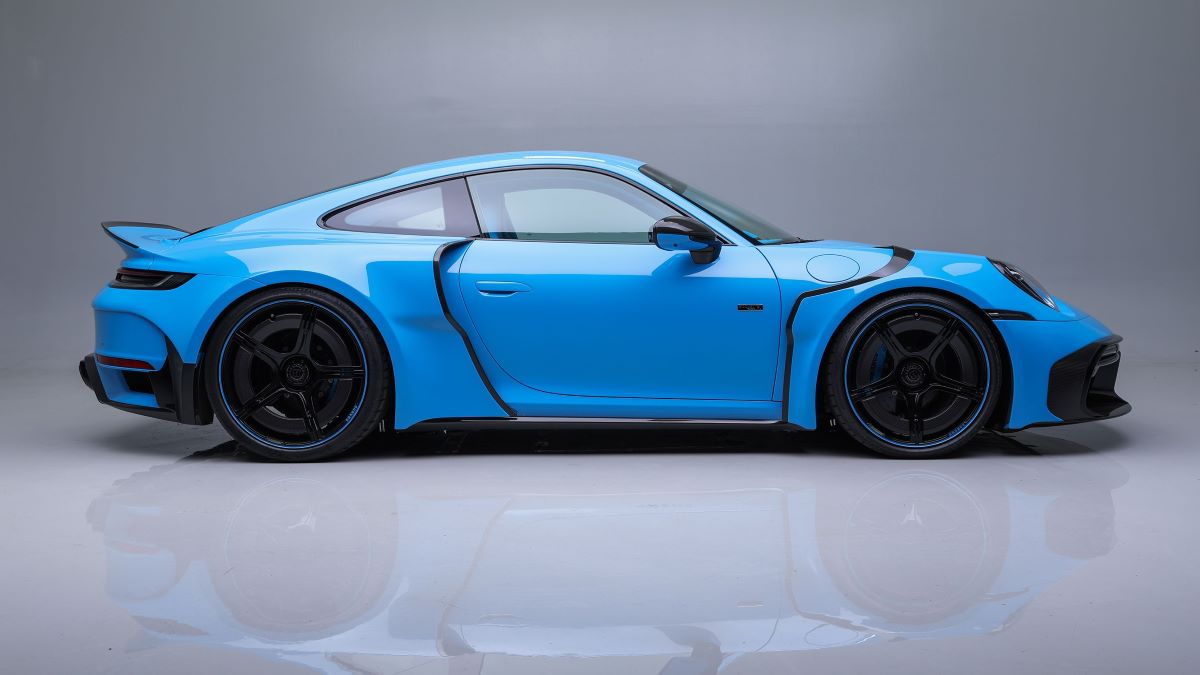
Supercars will be among the superstars of the Barrett-Jackson 2026 Scottsdale Auction. A highly anticipated offering is a 2023 Brabus 900 Rocket R (preview), the first of 25 produced worldwide and one of two legal for use in the U.S. Finished in Mexico Blue, it is powered by a Brabus-tuned twin-turbocharged flat-6 capable of 0 to 60 mph in under 2.5 seconds, 0 to 120 mph in 7.2 seconds and a top speed exceeding 211 mph. The 2017 Ford GT (preview) formerly owned by Tim Allen is powered by a twin-turbo 3.5-liter V6 with a 7-speed dual-clutch transaxle and features the Dark Energy interior. One of 541 produced in the limited-edition color, Tungsten Gray, a 2006 Ford GT (preview) features silver painted racing stripes, forged BBS lightweight wheels and red brake calipers. One of one by Genaddi Design Group and finished in Ebony Black with gold stripes, a 2005 Ford GTX1 (preview), No. 24 of 30 produced, is autographed by Carroll Shelby, Roger Penske, Henry Ford III, Edsel Ford, Dan Gurney, Mario Andretti, Michael Andretti and Tony Kanaan.
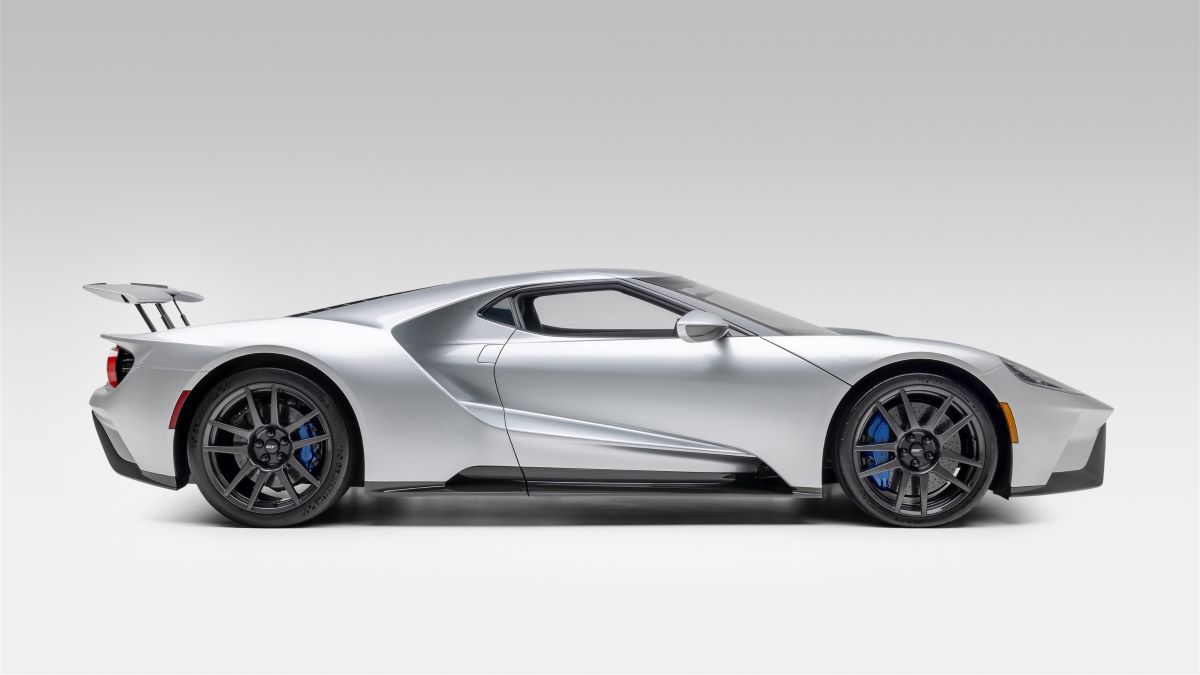
“Our dockets are assembled with great care and attention to detail,” said Steve Davis, president of Barrett-Jackson. “We go to great lengths to ensure we have something for every type of bidder. From the ultra-rare 2023 Brabus 900 Rocket R built to dominate the racetracks, to an off-road-capable 1957 Chevrolet 3100 pickup (preview), the chance to find the collectible vehicle of your dreams is within reach at our January auction in Scottsdale.”
Known as “The Rebel,” a 1950 Mercury (preview) is among the custom collectibles consigned for the January event. Professionally chopped by Joe Bailon, this custom Mercury retains an all-steel body and is powered by a mid-1980s Lincoln fuel-injected V8 engine paired with a 4-speed automatic overdrive transmission. Other anticipated customs include a pair of custom Chevrolet Corvettes built by Jeff Hayes: a 1967 convertible (preview) and 1963 Split-Window coupe (preview), each powered by a LS3 Hot Cam engine producing 540 horsepower and paired with a 4L70E automatic overdrive transmission on an Art Morrison sport chassis.
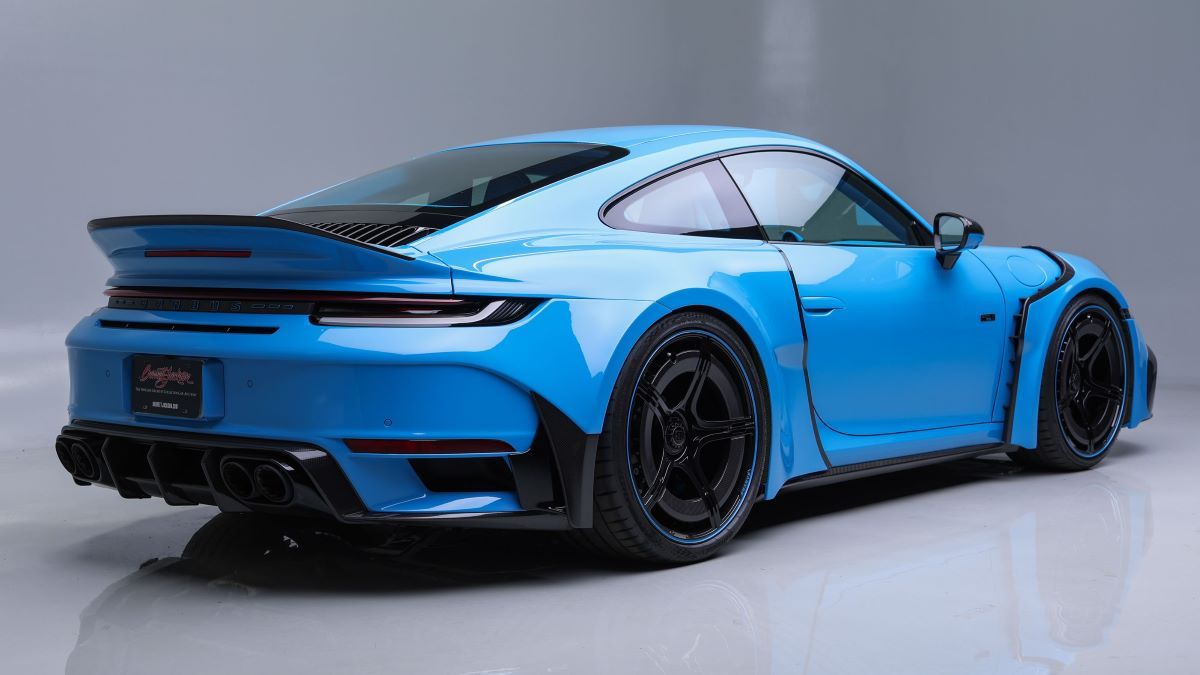
Barrett-Jackson is also hauling in the adventure with collectible trucks and SUVs, including a custom 1976 Ford Bronco (preview) that is Legacy Speed & Body’s Widebody Edition Serial No. 001. The first in a limited series and a feature vehicle at the 2025 SEMA Show, it is finished in Highlander Green with a custom Bronze accent package stripe and is powered by a Coyote V8 paired with a 6-speed automatic transmission. A multi-award-winning custom, the 1957 Chevrolet 3100 pickup (preview) is built on a Roadster Shop RS4 chassis and features a LS3 engine producing 525 horsepower. Interior features include Dakota Digital RTX gauges, a Restomod Air climate-control system with lighted billet controls and vents, and a custom audio system with Bluetooth capability.
A 1970 Plymouth ’Cuda convertible (preview) is among the restored classic American muscle cars set to find a new owner in Scottsdale this January. This rotisserie-restored factory V-code convertible represents one of the most desirable combinations in the Mopar performance lineup and is one of only 17 4-speed 440 Six-Barrel convertibles built in 1970. The recipient of a fully documented, nut-and-bolt concours restoration a 1970 Chevrolet Chevelle SS LS6 (preview) retains its original matching-numbers LS6 V8 paired with a Chevrolet dealer-installed warranty replacement Muncie 4-speed manual transmission from 1972.
Click here to view the 2026 Scottsdale Auction Select Preview and browse hundreds of featured collectible vehicles.
Barrett-Jackson is now accepting consignments for the 2026 Scottsdale Auction. Those interested in being part of the auction may consign their collector vehicle here. Those interested in registering to bid may do so here. VIP Experiences hospitality packages are available here. Throughout the nine-day Scottsdale Auction, children age 12 and under enjoy complimentary admission with a paying adult. General admission tickets for students age 13 through college age are $10 and adult ticket prices start at $27 at the AXS online box office.
On Friday, Jan. 16, country music superstar Cole Swindell will perform live for the 3rd annual “Rock The Block” concert in the Auction Arena at WestWorld of Scottsdale. In addition, the opening act will feature multi-platinum singer-songwriter Chase Rice.
Join Barrett-Jackson’s online conversation with #BarrettJackson and #BJAC on Facebook, X, Instagram and YouTube.


